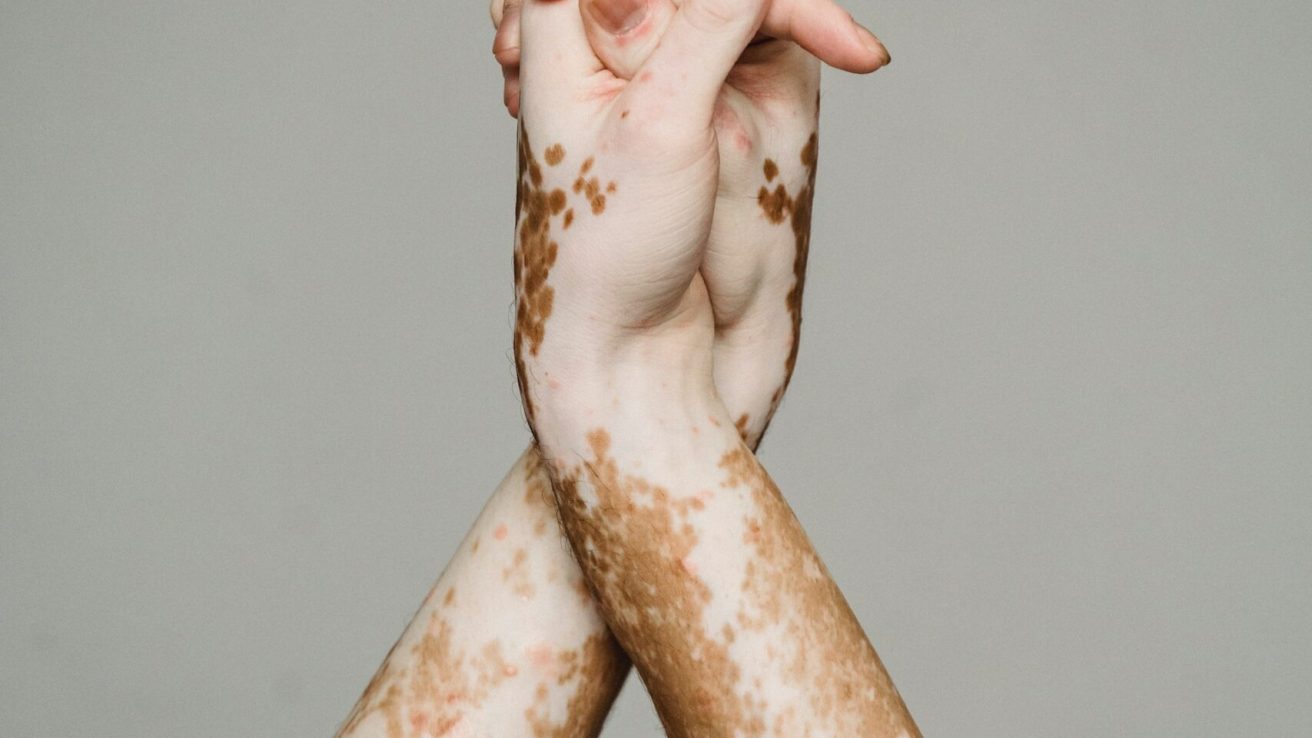Despite the lack of pigmentation, people with vitiligo are at less risk for getting skin cancer, possibly due to increased rates of DNA repair, according to this study.
A 2023 study published in the Journal of Investigative Dermatology found that skin mutations were more common in the sun-exposed areas of skin with vitiligo (lesional) than in the sun-protected unaffected (nonlesional) skin.
Vitiligo and Other Cancer-Type Risk
No DNA repair genes were found in the vitiligo genetic profile, arguing against DNA repair as an inherited feature of vitiligo. However, it does not exclude the possibility of aberrant regulation of DNA repair at the protein level. Therefore, including a tissue type other than skin in the comparative study of mutational burden in patients with vitiligo and healthy controls would shed light on this question.
Considerations Regarding Mutational Burden and Autoimmunity in Vitiligo
A lower skin cancer risk in patients with vitiligo likely also involves autoimmune activity. A lower mutational burden may in turn, decrease the chance of malignant cells being eliminated by the immune system. Additionally, the increased immune activation state in vitiligo patients may still provide immune surveillance against malignant cells that appear despite the lower frequency of mutation. This lower mutational burden found in vitiligo is likely an important aspect in determining skin cancer risk in combination with the pathogenesis of vitiligo.
Additional Areas for Vitiligo Research
The researchers indicated future research could be directed toward determining whether increased DNA repair activity occurs in tissues other than skin in vitiligo patients. Understanding this may reveal how this phenomenon might lower the risk of other cancer types besides skin cancer.
Key Takeaways
Patients with vitiligo have less risk of skin cancer. Despite the lack of pigmentation, there is a lower mutational burden in vitiligo lesions. Increased DNA repair may decrease the mutational burden and skin cancer risk.
Source:
Luiten, R. M. (2023). Lower Skin Cancer Risk in Vitiligo: DNA Repair as Potential Mechanism? J Invest Dermatol. https://doi.org/10.1016/j.jid.2023.01.018






